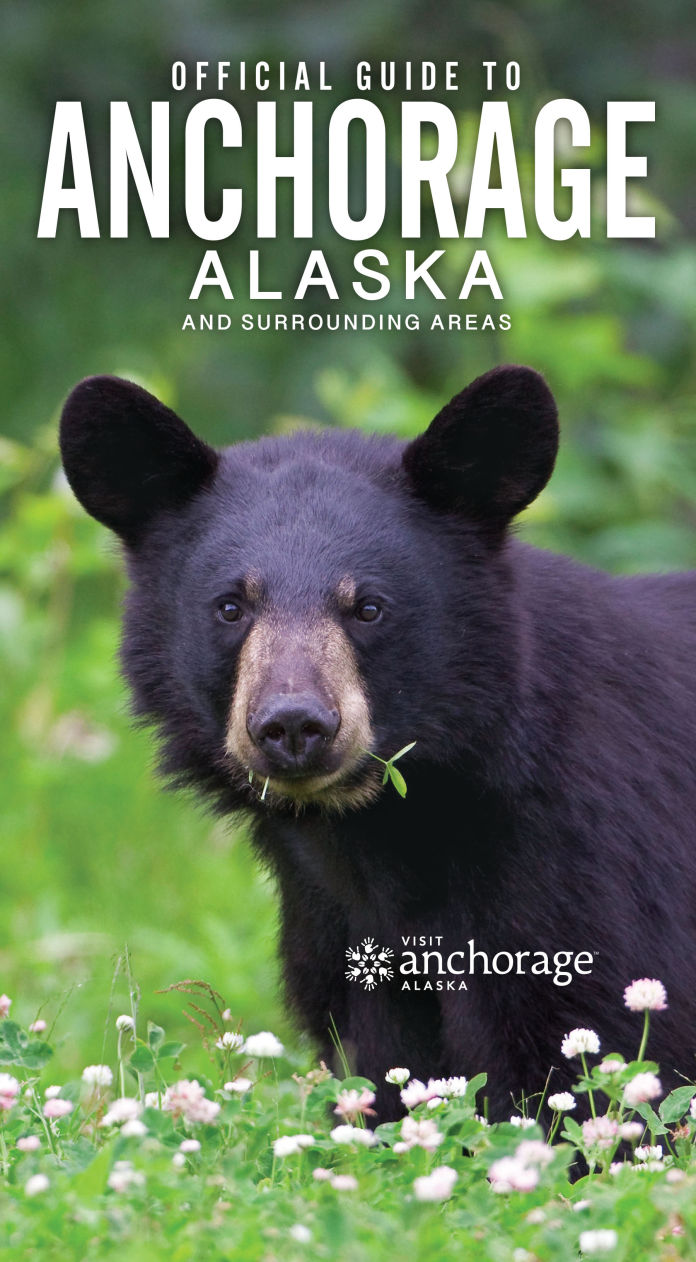Exploring Our Community
Set against the stunning backdrop of the Chugach Mountains and bordered by the pristine waters of Cook Inlet, Anchorage stands as Alaska's largest and most vibrant city. Flying over Anchorage reveals a masterful blend of urban development harmoniously integrated with wild natural spaces. The city grid extends from the coast to the mountains, with the iconic Tony Knowles Coastal Trail winding along the waterfront and vast stretches of parkland preserving the natural environment within city limits.
Geographic Setting & Natural Features
Anchorage occupies a strategic position in Southcentral Alaska, serving as the gateway to both the Alaskan wilderness and modern amenities. The city is surrounded by:
- Six mountain ranges: Chugach, Kenai, Talkeetna, Tordrillo, Alaska, and Aleutian
- More than 60 glaciers within 50 miles of downtown, including the impressive Portage Glacier
- Cook Inlet's two arms: Knik and Turnagain, offering dramatic tidal variations and marine wildlife viewing
- Over 223,000 acres of parkland and natural space within the municipality
- Half-million-acre Chugach State Park
- Abundant wildlife: moose, bears, and bald eagles often seen in urban areas
Climate & Seasons
Anchorage experiences a subarctic climate that demands respect and adaptation while offering unique rewards year-round:
- Winters are cold (often below 0°F) but warmer than interior Alaska due to coastal influence
- Winter activities from November through March: skiing, snowmachining, dog sledding
- Summers are warm and light-filled, with temps into the 70s and nearly 22 hours of daylight
- Midnight sun enables late-night outdoor recreation
- Spring and fall are brief but marked by dramatic changes
- 126 clear days per year and frequent aurora borealis sightings
- Modern infrastructure keeps the city running smoothly year-round
Transportation Hub
Ted Stevens Anchorage International Airport serves as a major global cargo hub and provides extensive passenger service:
- Direct flights to Seattle (3.5 hrs), Portland, LA, Chicago, Minneapolis
- Seasonal international flights to Asia and Europe
- Over 280 cargo flights per day – among the world's busiest cargo airports
- Frequent flights to Alaskan communities
- Scenic rail service via the Alaska Railroad
- Marine transportation through the Port of Alaska
Regional Significance
Anchorage plays a central role in Alaska's infrastructure and culture:
- Economic and cultural center – home to 40% of Alaska's population
- Major military hub – Joint Base Elmendorf-Richardson
- Primary statewide healthcare center
- Logistics core for industries including oil and tourism
- Education hub – University of Alaska Anchorage and research centers
Recognition & Lifestyle
Anchorage has earned accolades for quality of life and outdoor access:
- Ranked among the top cities for outdoor recreation (Outside Magazine)
- Named a best city for young professionals (Forbes)
- Extensive trail system, including the renowned Tony Knowles Coastal Trail
- Over 100 languages spoken in local schools
- Thriving arts scene blending Native and contemporary culture
People choose Anchorage for its unique combination of career opportunity and immediate access to wilderness. While the climate presents genuine challenges, residents embrace them as part of what makes life here extraordinary. The community takes pride in its resilience, Alaska Native heritage, and its identity as a modern arctic city where people learn to thrive alongside nature.
